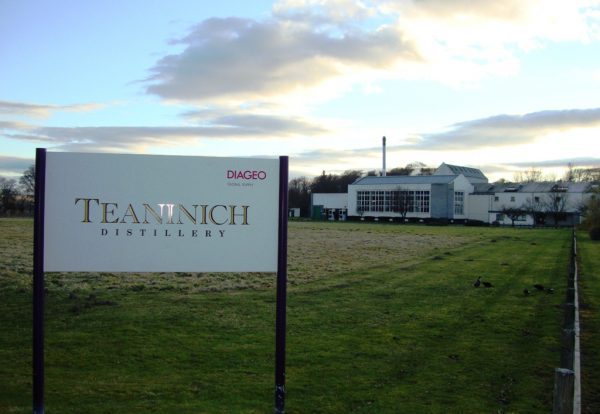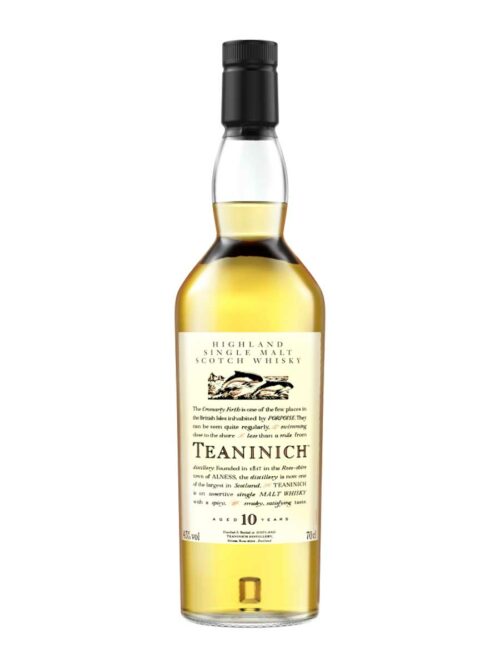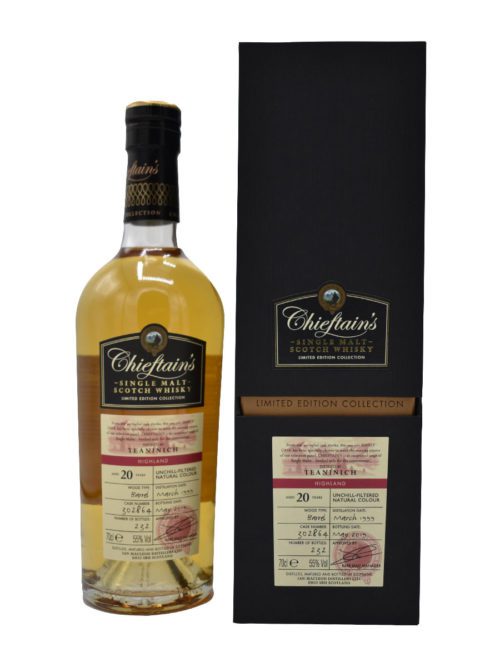History of Teaninich Distillery
Teaninich distillery was founded at Alness in the Northern Highlands in 1817 as a legal distillery, years before that became common in Scotland. Captain Hugh Monro, owner of the Teaninich estate, built it on his own lands. Hugh Monro, and later his brother John, would run the distillery until 1850 when it was leased to Robert Pattison from Leith. An infamous figure in whisky history, Pattison would go on to give his name to the Pattison Crash at the end of the century which wiped out many distilleries.
Teaninich was not one of those. It remained open, passing through several more sets of hands before it was sold to Scottish Malt Distillers, a subsidiary of Distillers Company Limited, in 1933. DCL would later go on to become part of Diageo, and brought Teaninich along with it.
Like many distilleries, Teaninich was closed due to barley shortages during WWII. The distillery shut its doors in 1939, and didn’t reopen until 1946. During that time two of the stills were taken out. When it reopened after the war Teaninich repeatedly grew in scope and modernity. In 1962 the still house became completely electrified, ending a reliance on steam and water power.
The current distillery building was first built in 1970 with six new stills, which became known as the A side. The old and new worked in tandem for over a decade until a downturn in the market. The old B building was mothballed in 1984, and the newer distillery followed it the next year. This would reopen in 1991 when things picked up, but the old building never came back online. It was finally demolished in 1999.
The most recent expansion occurred in 2015 when Teaninich opened an entirely new still house with six new stills. This works together with the older still house rather than replacing it, and doubled the distillery’s capacity.
The most exceptional piece of equipment at Teaninich is the mash mill and filter, which takes the place of a mash tun. Ther hammer mill grinds the malted barley down to a powder, which is then mixed with water in a conversion vessel. After that has mixed and the starch has turned to sugar it is passed through a mash filter. The end result of this process is an exceptionally clear wort which provides the basis for a grassy spirit. Teaninich is one of only two distilleries in Scotland which uses this method instead of a mash tun.
Along with the mill and filter the distillery is equipped with 20 washbacks, 18 of which are wooden and two of which are stainless steel. The 12 stills are split half and half between two different still houses, with all of the spirit stills in one and the wash stills in the other. All this gives the distillery a large capacity of 10.2 million litres a year.
There’s only one widely available distillery bottling from Teaninich, the 10 year old Flora & Fauna. The nose on this starts light and grassy, but has notes of citrus and spice at the end.
The palate is dry and slightly oily, with malt and spice flavours and a hint of acidity leading into a long, dry finish. The only other distillery bottling is a 17 year old which came out in 2017 in the Special Releases Range. Independent bottlings are also very common.






